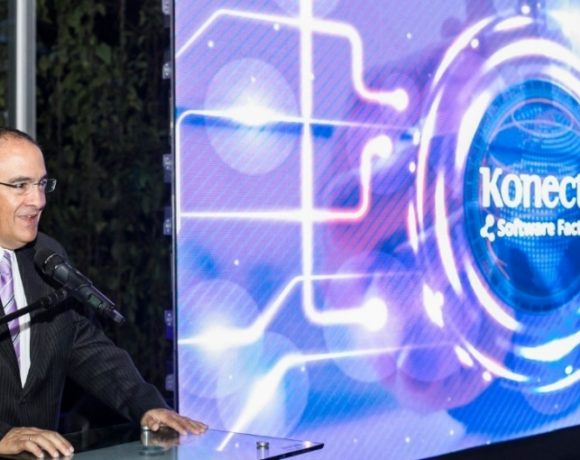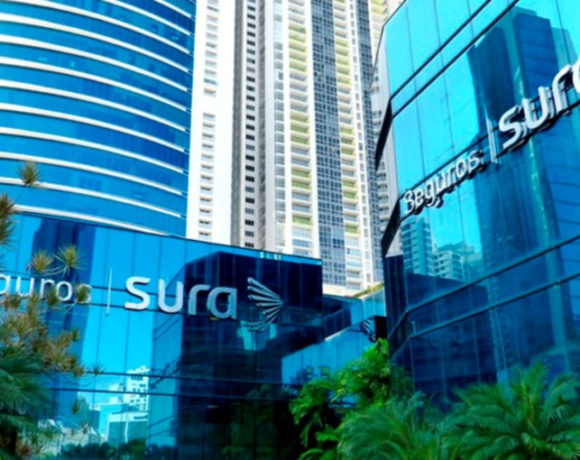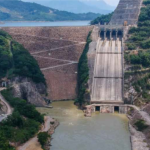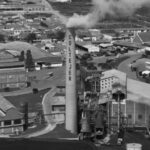Update: AngloGold Ashanti Reveals More Details on Proposed ‘Biodynamic’ Mining Scheme at Jerico, Antioquia
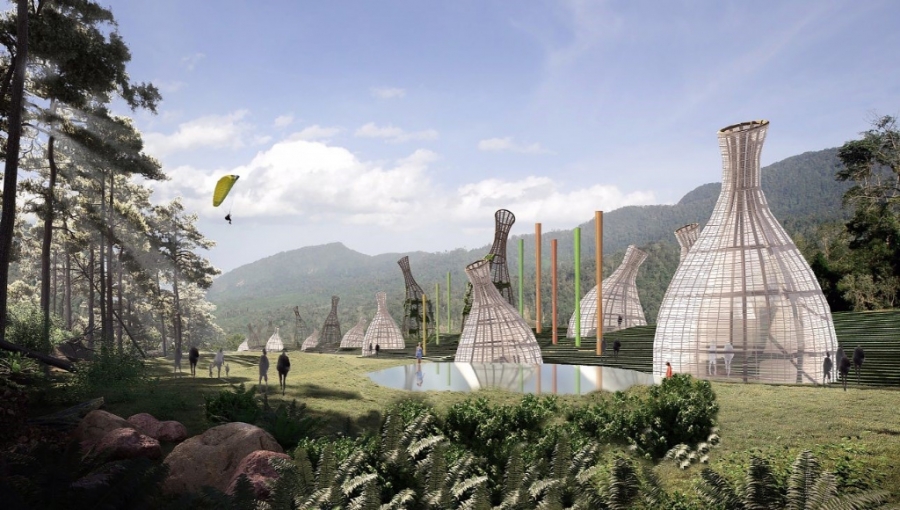
South Africa-based global mining giant AngloGold Ashanti on November 28 unveiled more details of its proposed “Quebradona” copper-gold mining project at Jerico, Antioquia — including a novel “Biodynamic” nature park that would restore and improve the entire mining area, as part of its just-filed environmental impact assessment (EIA).
AngloGold first unveiled the scheme at the Colombia Gold Symposium (CGS) November 12 here in Medellin, where environmentally and socially responsible mining took front-and-center stage — outshining even the usual presentations on geology, politics and legalities.
Why this scheme is so important: If the new, socially/environmentally responsible miners succeed in convincing a wider public, then Antioquia and Colombia could look forward to billions of dollars of new investments, big jumps in tax-and-royalty revenues, new jobs and business opportunities, infrastructure improvements, educational advancements, government fiscal solvency — and even (amazingly) environmental progress.
The “Quebradona” project would become Colombia’s biggest copper-and-gold mine at pastoral Jerico, Antioquia – while actually improving the local environment via post-mining construction of a remarkable “Biodynamic” nature park.
The repercussions could be seen as almost biblical, as AngloGold potentially could become something like a 21st-century version of “Joshua” at the battle of Jerico — where anti-mining walls could come tumbling down.
According to the company, “after a rigorous process that included more than 14 years of studies of the subsoil and on the social, economic and environmental characteristics of Jericho, Antioquia, AngloGold Ashanti began the process of filing the EIA with the environmental authorities of the departmental and national governments for the Quebradona copper mining project, with which the route to obtain the environmental license for the project begins.
“To construct the study, the company carried out exhaustive analysis and projections by 27 expert consultants in geology, hydrology, ecology, among other specialties. Also, between November 2018 and September 2019, AngloGold heard the concerns of more than 2,600 inhabitants of Jericho through 150 meetings, in order to raise solutions in the same document.”
“The exhaustive analysis and dialogue with the community, together with the advanced technology that we plan to use in the project, allow us to have the certainty that the EIA not only integrates the components required by the authorities to ensure compliance with the technical specifications and social and environmental obligations of the project, but reflects high international standards of sustainable mining to ensure that it meets the purpose of converting the mineral wealth of the territory into social, economic and environmental progress,” added Felipe Márquez Robledo, president of AngloGold Ashanti Colombia.
In response to public concerns, AngloGold Ashanti integrated into the EIA a “gradual regeneration plan of 2,550 hectares of tropical dry forest and high mountain forest of Jericho,” according to the company.
“The investment includes improving the connectivity of fauna and flora in the ecological corridor between the Cauca river, the escarpment area, the Piedras river, the Quebradona ravine basin, the integrated management district (Distrito de Manejo Integrado, DMI) of the Cuchilla-Jardín-Tamesis region, and the La Guamo ravine basin, in such a way that wildlife species recover mobility between ecosystems and increase native plant cover that will generate food and cover that can be used by birds in the region.
“The EIA also ratifies AngloGold Ashanti’s commitment not to use the water that supplies the Jerico municipality. In the construction and operation [of the mining project], the company will use less than 1% of the [nearby] Cauca River water — and recirculation [of that Cauca water] will be 80% in the process circuit,” according to the company.
Worried environmentalists, some local farmers and some townspeople in Jerico have been fighting the proposed “Quebradona” mine for years, fearing potential water, air and noise pollution, ugly land subsidence and possible increases in local crime and prostitution. In addition, the politically powerful, Medellin-based “Comfama” social-benefits organization has expressed concerns that the new mine might cause undue pollution or other harm to its proposed “Ecoparque Turístico Los Farallones de La Pintada” ecopark nearby.
But the Colombian Constitutional Court recently ruled that local governments (including Jerico) can’t by themselves ban mining – although the Court also said that the national government ought to consult with local governments before issuing mining licenses and environmental permits. Colombia’s Congress is supposed to enact a new law defining this consultative scheme.
Meanwhile, two recent Antioquia court rulings have nullified prior Jerico ordinances that would have prohibited mining.
Just as significant, the newly elected Mayor of Jerico — David Alonso Toro Cadavid – publicly announced that if the national government ultimately approves “Quebradona” licenses, then the local government will do everything it can to ensure an environmentally and socially responsible project.
AngloGold’s upcoming license application to Autoridad Nacional de Licencias Ambientales (ANLA, the national environmental licensing agency) is expected to be filed within weeks, according to the company.
Prior to that filing, AngloGold’s “Quebradona” mining project manager Ingrid Suarez and AngloGold Colombia corporate affairs manager Juan Camilio Quintero unveiled to CGS 2019 a startling, English-language animated film showing how the mine would be built, operated, safely closed and then repurposed into an environmentally friendly, 2,548-hectares-wide biopark – without polluting water, land or air, or causing any disastrous surface subsidence.
Rather than just generating profits for AngloGold, the “Quebradona” project aims to generate “social wealth for Jerico, Antioquia and Colombia,” along with “environmental regeneration,” Quintero stated here.
Bonus: The company will put US$2.5 million/year into “Fundacion ProJerico” for social development schemes.
The project design includes avoidance of noise or air pollution — partly by employing underground processing of extracted rock — and putting tailings adjacent to an existing, non-native pine-tree plantation – all of which eventually will be replanted with native species and reconnected to biological corridors that previously have been ruined by local deforestation.
The project entails four years of construction, 24 years of productive mining, 10 years of closure work and construction of the “Biodynamic” park, which will include bird-watching towers, an educational laboratory to promote conservation and native species, solar and wind turbines for zero-emissions electric power, and restoration of tropical dry forest.
The “Quebradona” project is located about three kilometers from the Puente Iglesias bridge over the Cauca river, from which 0.25 cubic meters per second of water will be withdrawn for the mine processing works, according to Suarez.
Sediment ponds from mine extractions and processing will feature effluent treatments to ensure that water returning to the Cauca river will meet stringent environmental limits, according to the company.
Tailings will include filtration systems to ensure that any possible water migration to nearby streams wouldn’t be acidic, she said. Plugging of ventilation shafts will avoid water filtration through the mine post-closing. Other systems will be employed to minimize noise, dust and light pollution during the term of mine operations.

